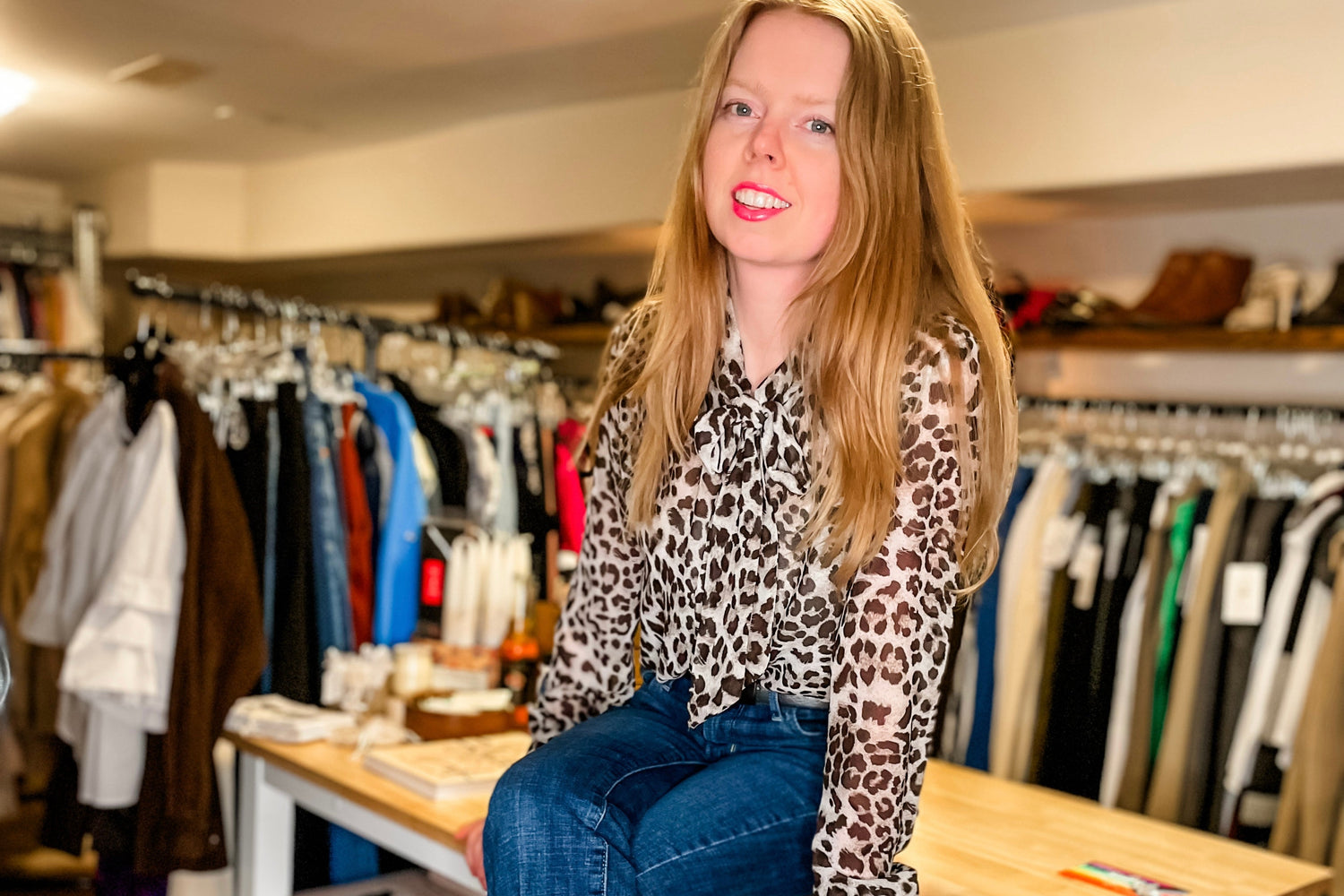Art Installation — My Process
A gown that looks beautiful at first glance — and then asks harder questions about waste, labour, and our shared future.
Where it started
This project began in my basement, just weeks after moving into our new home. Surrounded by boxes and chaos, I cleared a space to create. I didn’t want to buy anything new for this — the whole point was to work with what already existed.
The foundation was a plastic mattress bag that once wrapped a “brand new” mattress. I had kept it, knowing it was far too much plastic to throw away. That became the train of the gown — long, transparent, and heavy with symbolism.
Adding texture and softness
Plastic on its own is harsh. I wanted the gown to feel beautiful, flowing, almost ethereal — but also unsettling once you realized what it was made of. To do this, I layered white tulle over the mattress bag. The tulle softened the shine of the plastic and gave me a surface to capture handprints.
I cut extra scraps of tulle into gathered appliqués and sewed them intermittently across the train, creating dimension and movement — like flowers scattered across a field. These small touches made the piece feel more like couture, even though every material was salvaged.
The meaning of the handprints
I painted blue handprints to represent indigo dye and the toxic chemicals used in coloring fabrics, which often pollute rivers in countries far from where the clothes are sold.
The black handprints symbolize the darker side of fashion: unethical labour, oil as the base of synthetics, and the microplastics now found in our water and even our bodies.
I invited my family to help press their hands into the fabric. My toddler loved it — she kept saying, “Let’s make art!” Their small handprints carry two meanings for me: the children forced into sweatshop labour, and the future generation we’re fighting to protect.
The dress and the tag
The gown’s base is a pre-loved wrap dress I found at a thrift store. It still had its original retail tag attached, marked “AS IS” — with a stain that I’m certain could be removed. I left the tag on because it perfectly captured the hypocrisy of fashion: garments made and discarded before they’re even worn.
To reinforce this idea, I crafted my own retail-style tag. I cut up a salvaged shopping bag for cardstock, and used the handle as ribbon to tie it to the dress. It looks just like something you’d find in Anthropologie — except it tells the truth about waste.
Bringing it together
To hold everything in place, I used a salvaged belt to cinch the waist and anchor the plastic train. Piece by piece, the dress came together: the thrifted gown, the plastic train, the layered handprints, the sewn tulle appliqués, the salvaged belt, and the ironic “AS IS” tag.
At first glance, it looks like a flowing gown. Step closer, and you see the plastic, the stains, the handprints — the weight of hidden costs stitched into beauty.
Why it matters
Fashion has a way of hiding its mess. Glossy shop windows, perfect dresses on mannequins — but behind them are rivers turned blue, oil turned into polyester, workers paid pennies, and mountains of clothing discarded.
Hands of Waste is my attempt to make that contradiction visible: to show something alluring and unsettling at the same time. It’s beautiful. And it’s waste.
Learn more about Le Prix’s sustainability work







